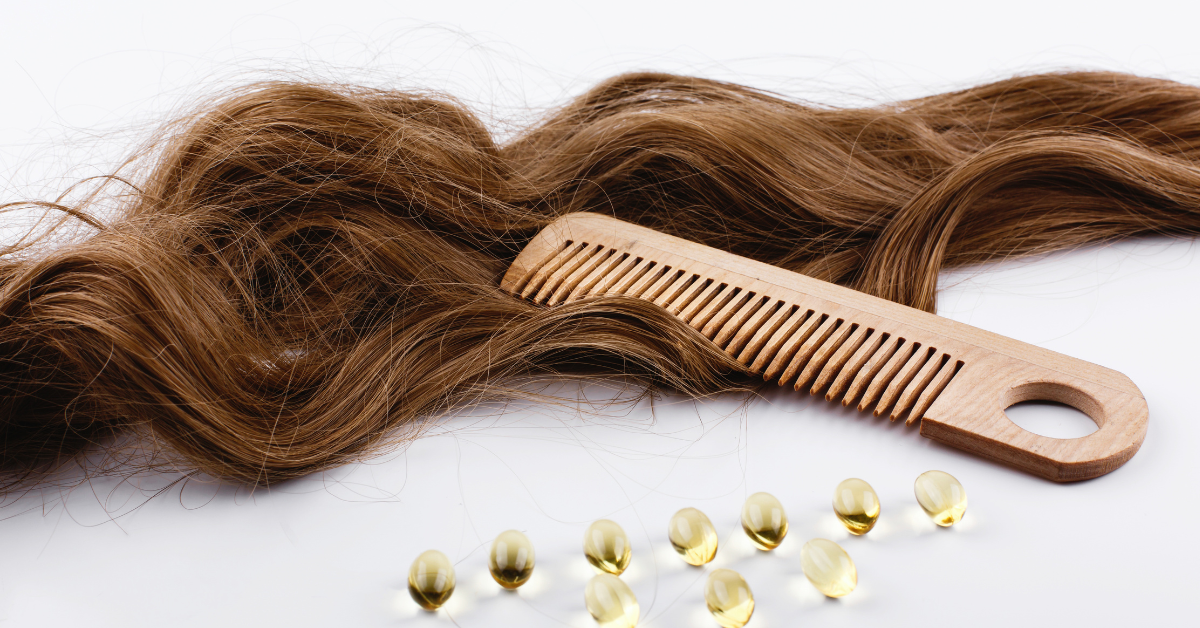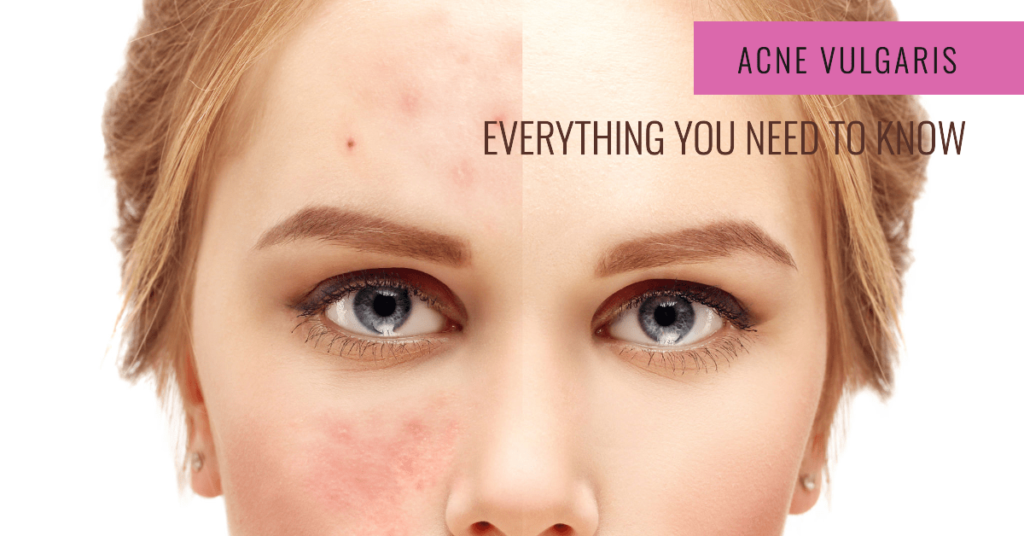Hair porosity refers to how well hair absorbs and retains moisture. It is determined by the structure of the hair’s cuticle, which is the outermost layer of the hair shaft, and it is important to understand the hair porosity as it helps in choosing the right products for hair and creating a personalized hair care routine that ensures long-lasting hydration, strength, and shine. It can be classified as low, medium, and high.
Hair porosity is largely influenced by genetics but can also change due to environmental exposure, heat styling, chemical treatments, and overall hair care.
Understanding Hair Porosity
Think of your hair like a sponge.
Low Hair Porosity:
- A brand-new sponge doesn’t soak up water easily because its surface is too tight.
- Low Hair Porosity is characterized by a tightly packed cuticle, making it hard to absorb moisture or products.
Medium Porosity Hair:
- A slightly used sponge absorbs and holds water just right, not too fast or slow. (This is ideal)
- Hair with Medium Porosity tends to have slightly raised cuticles which makes it easy for your hair to absorb products and moisture evenly.
High Porosity Hair:
- An old, worn-out sponge soaks up water quickly but leaks it out just as fast.
- Cuticles with High Porosity are usully damanged or highly raised which makes it really easy for hair to absorb and lose moisure.
How to Determine Your Hair Porosity
There are many four methods which can help you determine the level of hair porosity you have and all of them are very simple, does not require any heavey equipment and can be done on your won.
1. The Float Test
- Take a clean strand of hair and place it in a glass of water.
- Low porosity hair floats, normal porosity hair stays in the middle, and high porosity hair sinks quickly.
2. The Slip & Slide Test
- Slide your fingers up a hair strand from the tip to the root.
- Smooth feel = low porosity; slight roughness = normal porosity; very rough or bumpy = high porosity.
3. The Spray Bottle Test
- Spray water onto a small section of dry hair.
- If water beads up, you have low porosity; if it absorbs slowly, you have normal porosity; if it absorbs instantly, you have high porosity.
4. Observing Drying Time
- Low porosity hair takes a long time to dry.
- Normal porosity hair dries within a reasonable time.
- High porosity hair dries very quickly.
How to Care for Different Hair Porosity Types
Low Porosity Hair Care Routine
- Use lightweight, water-based products.
- Apply heat (steaming, warm towel) to help moisture penetrate.
- Avoid heavy butters and oils that cause buildup.
Normal Porosity Hair Care Routine
- Maintain a balanced routine with hydrating and strengthening products.
- Avoid excessive heat or chemical treatments to preserve the cuticle.
High Porosity Hair Care Routine
- Use heavier creams, butters, and proteins to strengthen hair.
- Seal moisture with oils and leave-in conditioners.
- Reduce heat styling and chemical treatments to prevent further damage.
Conclusion
Understanding your hair porosity helps you choose the right products and techniques for healthier hair. Whether you have low, medium, or high porosity, adjusting your routine can improve moisture retention and overall hair health.




